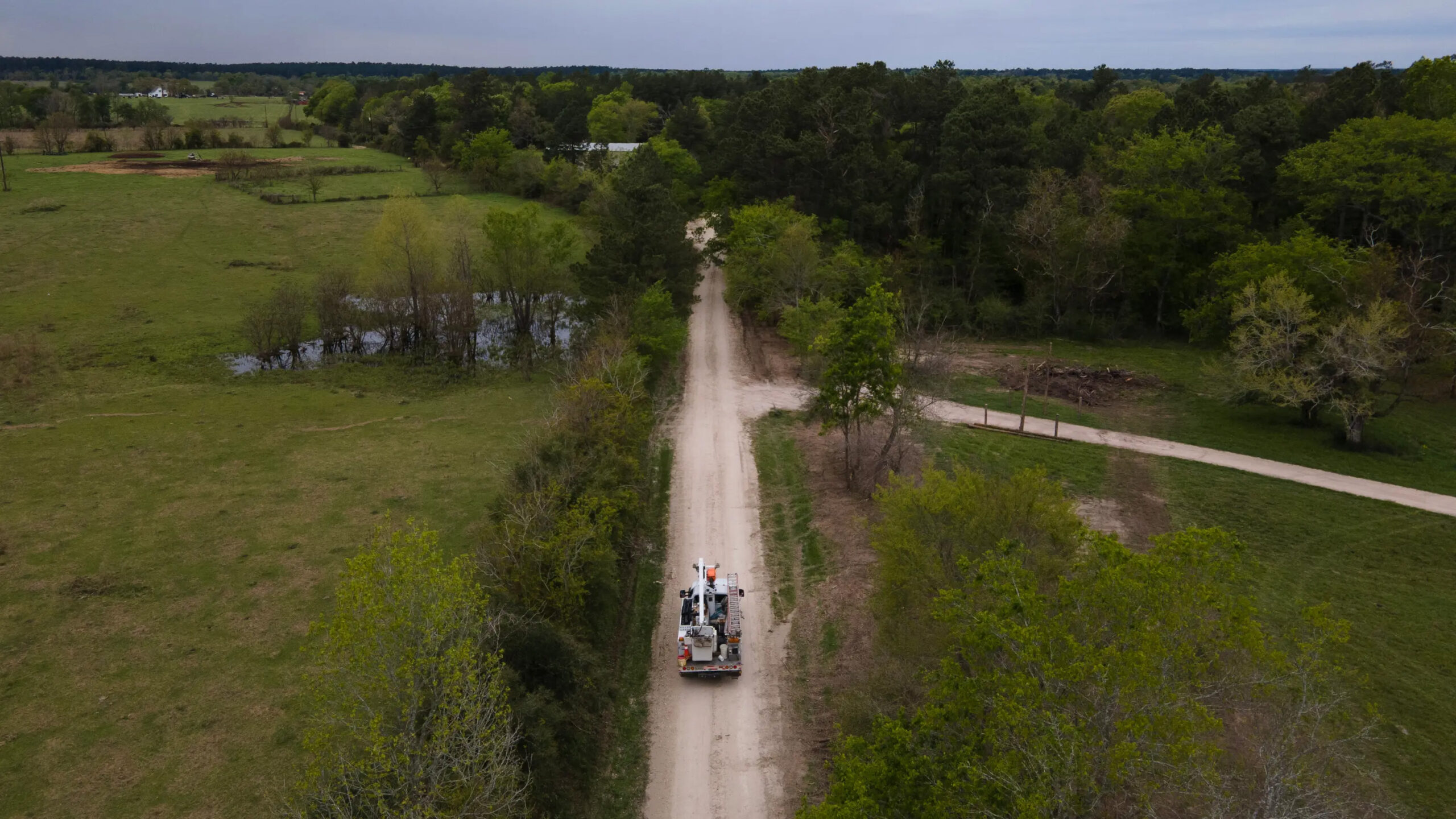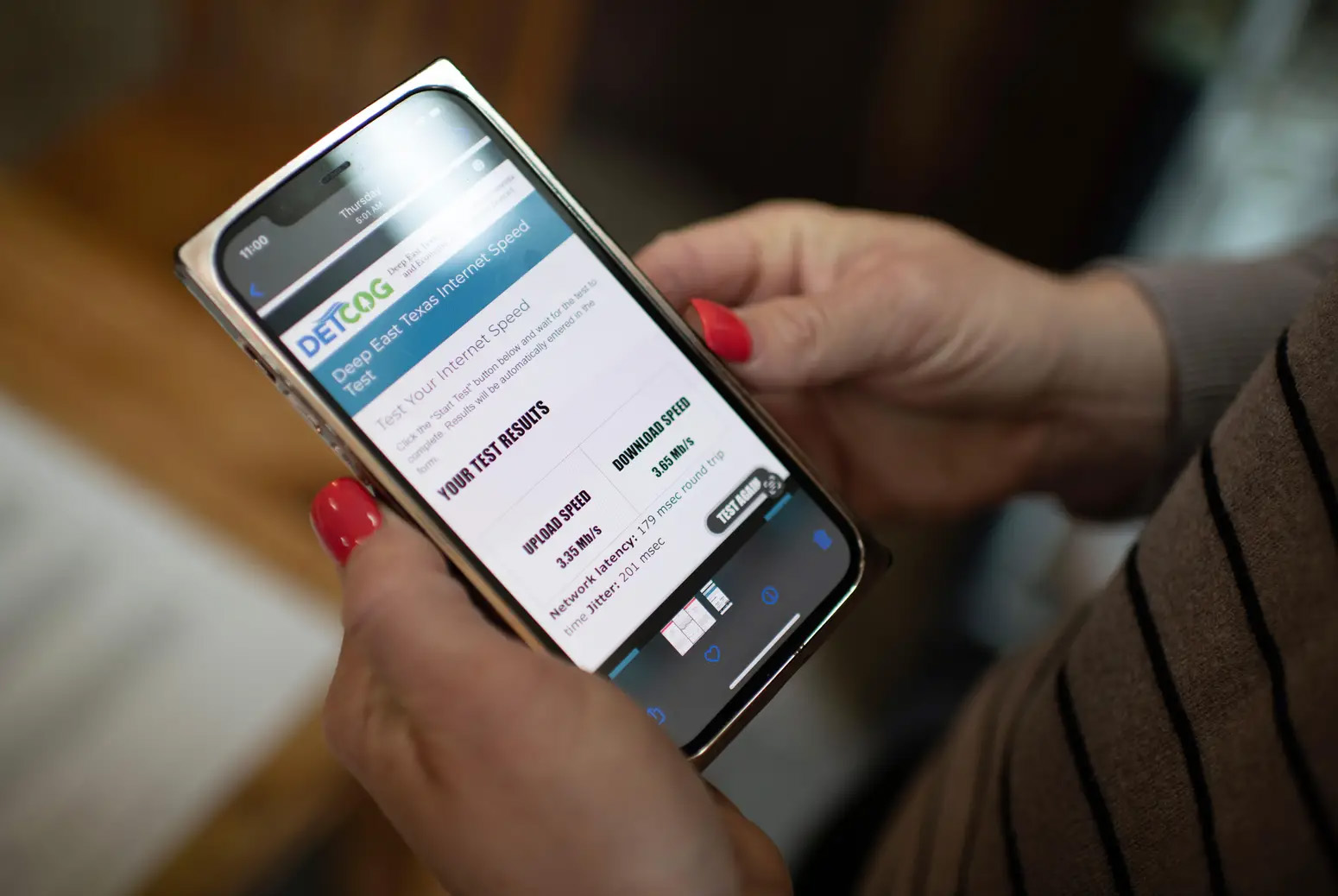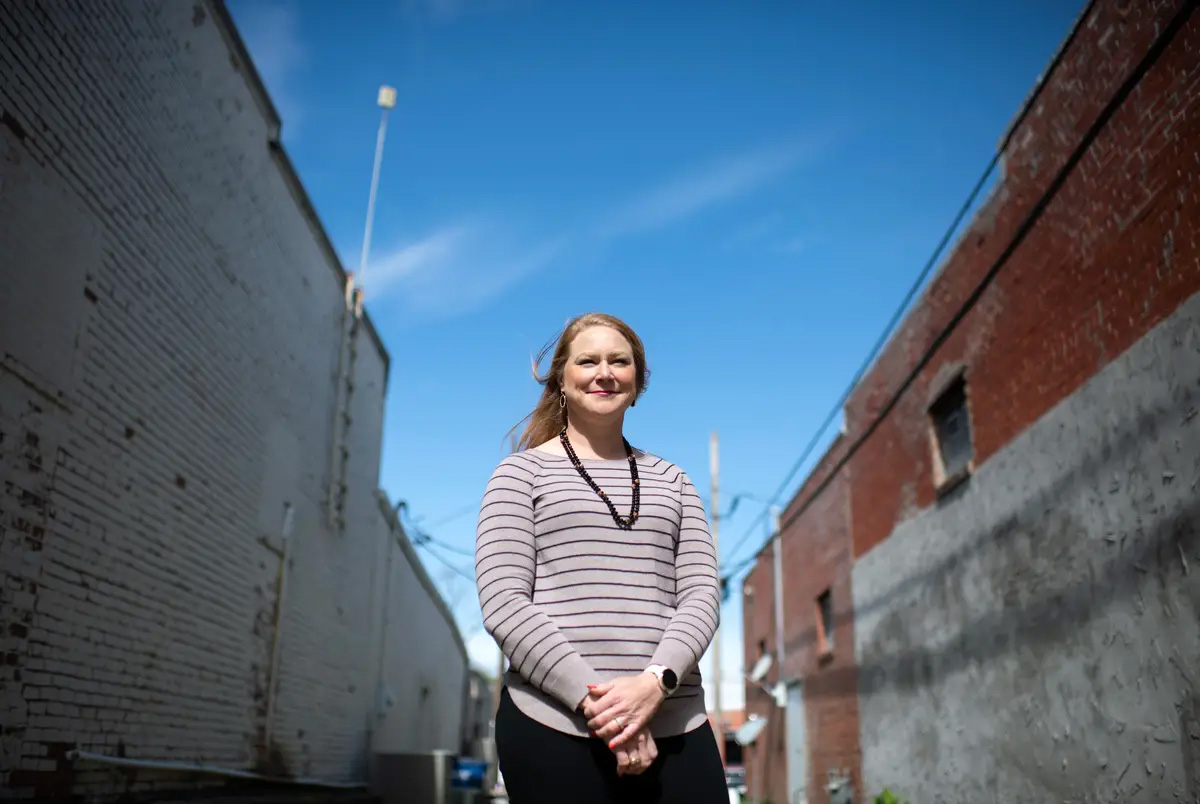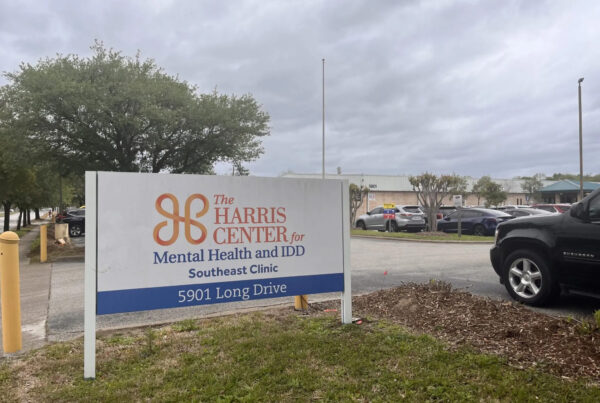From the Texas Tribune:
NOGALUS PRAIRIE — By day, Joan Ragland helps teachers and students at the local school district get the electronic devices they need: iPads, computers and projectors.
But at the end of the day, when she drives home, she’s never quite sure if her own electronic devices will work. Before evening Zoom meetings, Ragland, 76, tells the other attendees: “I will be in attendance — if I have service.”
It’s a reality that Ragland, who serves as instructional technology specialist for Hudson Independent School District, has learned to live with in Nogalus Prairie, an unincorporated community deep in the Piney Woods where broadband access is shaky.

Joan Ragland says she sometimes drives 25 miles from her home to get a reliable internet signal for important video calls.
Mark Felix for The Texas Tribune
Ragland is hopeful that will change soon.
She and thousands of other East Texans are part of a petition challenging the accuracy of the Texas Broadband Development Map that shows internet availability and speeds across the state. The map will help determine where billions of dollars earmarked for high-speed internet will be distributed.
More than 2.8 million Texas households and 7 million Texans lack broadband, according to the U.S. Census Bureau. A disproportionate number of those are in rural areas such as Deep East Texas, where a low population density makes it less profitable for companies to establish broadband infrastructure. Companies that do enter rural areas charge customers higher-than-average rates for slower-than-average speeds.
According to the state map, the vast majority of Texans already have access to broadband — defined as high-speed internet that delivers download speeds of at least 25 megabits per second, or Mbps, and upload speeds of at least 3 Mbps.
But in East Texas, the petitioners say, broadband access is unreliable.
“We’re not a third-rate country, but we do have areas out here where we just don’t have internet,” Ragland said. “You look at the map, and it looks like everybody is covered. But everybody is not covered.”



















